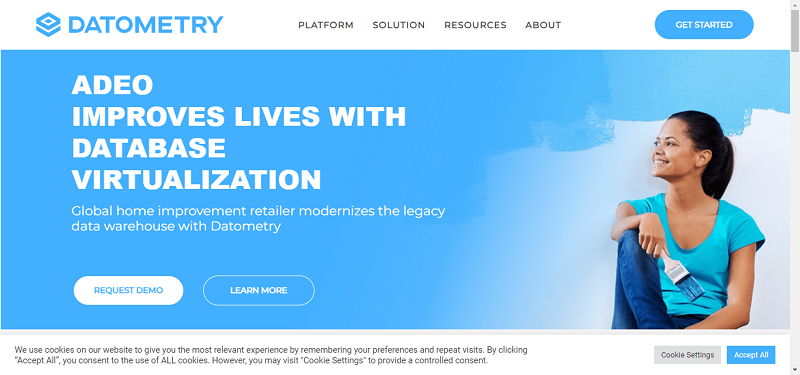Some US states are taking the bold step of resolving the problem of streams of student data scattered everywhere. Usually, voluminous student data is stored in various programs. For instance, testing scores are saved in testing programs, and grades are kept in instructional software and learning management applications. More often than not, this data resides in the program and is never extracted and combined with the other data. Now, there is a new project underway that is being supported and funded by large foundations and state education leaders. The project aims to provide a place for all student data in the cloud through the use of open-source software.
With this new initiative, information about student achievement can be integrated with Web resources and instructional applications. The success of this project is highly dependent on the privacy, technology, and willingness of academes to create products for the proposed system. The Shared Learning Infrastructure is supported by the Council of Chief State School Officers and began in 2011. It is funded by the Gates Foundation and the Carnegie Corporation. Currently, the Shared Learning Collaborative has signed up at least nine states for the project and promises to create a cost-effective system to better store student data.
With the Shared Learning Initiative, student data such as attendance, test results, demographic information, student names, discipliniary history, teachers, grades, standards mastered, and graduation requirements will be stored in the cloud. All this data will be put in the same place, in the same data structure, and be made available when needed. The data will use open-source technology and will be used by districts and states for free. Student data can be made shareable and modifiable. The student test data is then connected to the instructional materials found in other parts of the cloud. Because data and instructional resources are already in the cloud, school administrations can utilize Application Programming Interfaces (APIs) in order to access the available data.
Once implemented, the Shared Learning Initiative will greatly benefit students and schools. Since student data is already in the cloud, the new school administration can access and update the data if the student shifts to another school or moves up one grade level. New teachers will better understand student performance because they can access the data in the cloud to check past academic performance. Teachers can even come up with personalized instruction to help a particular student cope. The student data in the clouds is connected with the Common Core Standards so that a better academic path can be provided to the student.
However, there some issues the Shared Learning Initiative needs to address. Firstly, it must ensure that the all the technology used in developing the system works. Secondly, it must ensure that student data is kept private and secure. The Shared Learning Initiative assures us that this is the case, saying that schools, districts, and states own and control their own data. The technology being developed is even said to comply with the Family Educational Rights and Privacy Act. Thirdly, the academe must be willing to create products that will utilize the Shared Learning Initiative, and finally, companies which have created their own proprietary products could lose their competitiveness because of the Initiative.
By Florence de Borja





